#world architecture
Photo


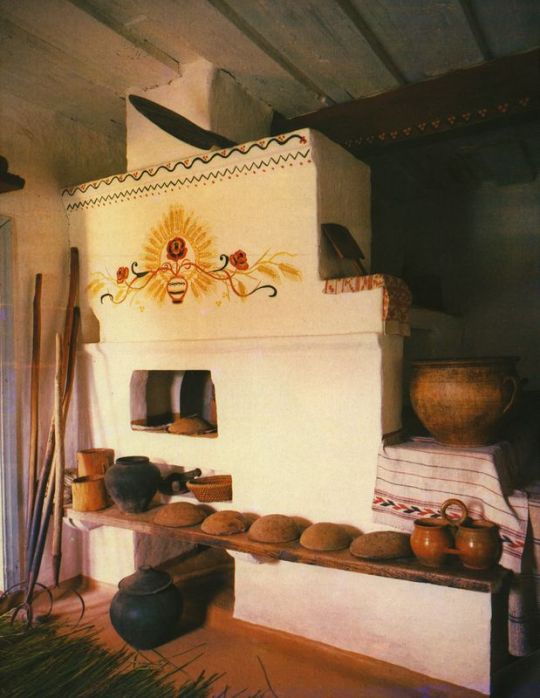

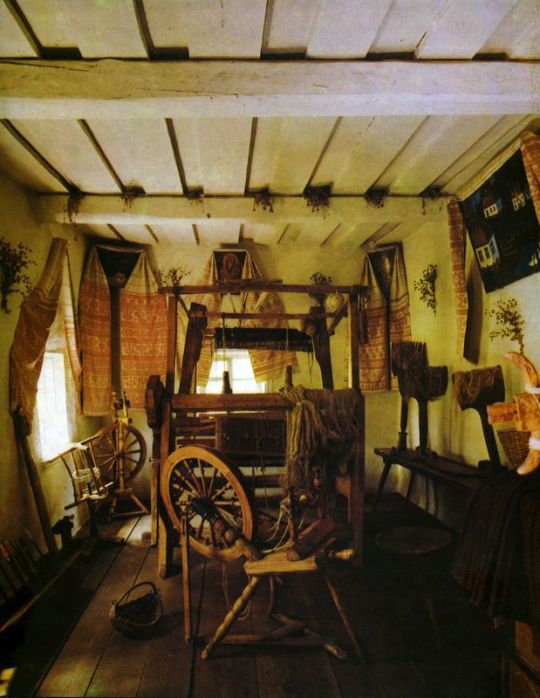
Interiors of Ukrainian traditional residential buildings from central parts of Ukraine. Exhibits of the Museum of Folk Architecture in Pereyaslav-Khmelnytsky on the pages of the album "Treasures of our memory" (1993)
#culture#world culture#architecture#world architecture#rural architecture#wooden architecture#museum#eastern europe#folk culture#pereyaslav-khmelnytsky#folk aesthetic#ethnography#ethnology#photography#український tumblr#український тамблер#interiors#cottage
621 notes
·
View notes
Text
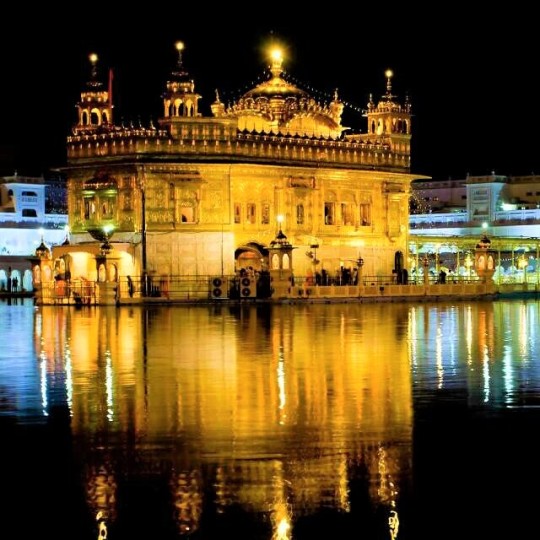
The Golden Temple Amritsar India (Sri Harmandir Sahib Amritsar) has a unique Sikh architecture. Built at a level lower than the surrounding land level, The Gurudwara teaches the lesson of egalitarianism and humility. The four entrances of this holy shrine from all four directions, signify that people belonging to every walk of life are equally welcome.
0 notes
Text
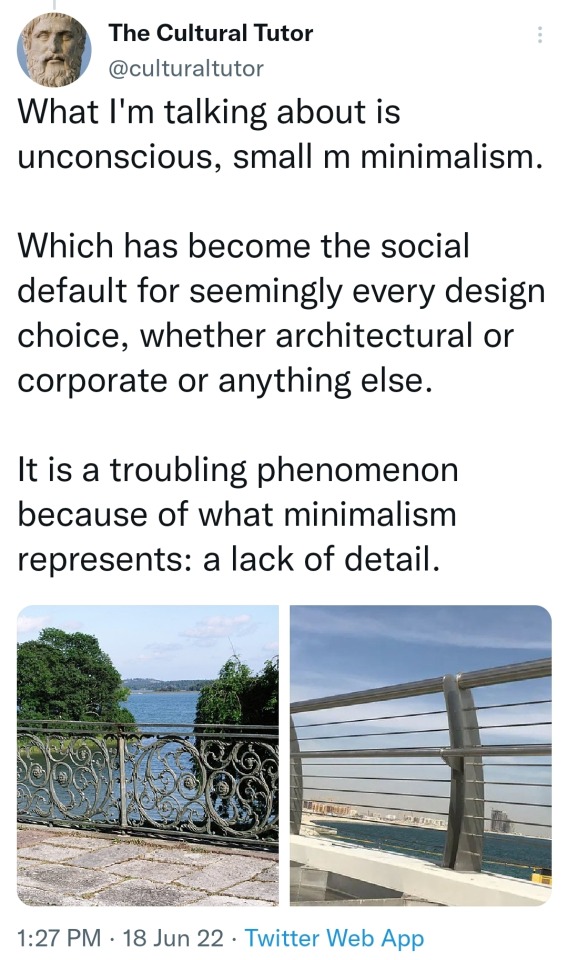


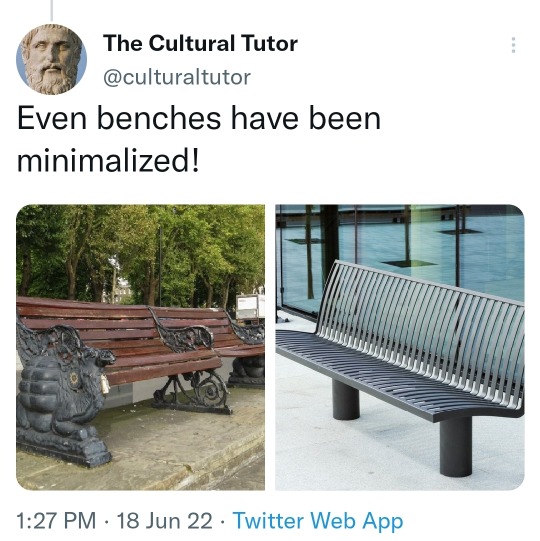

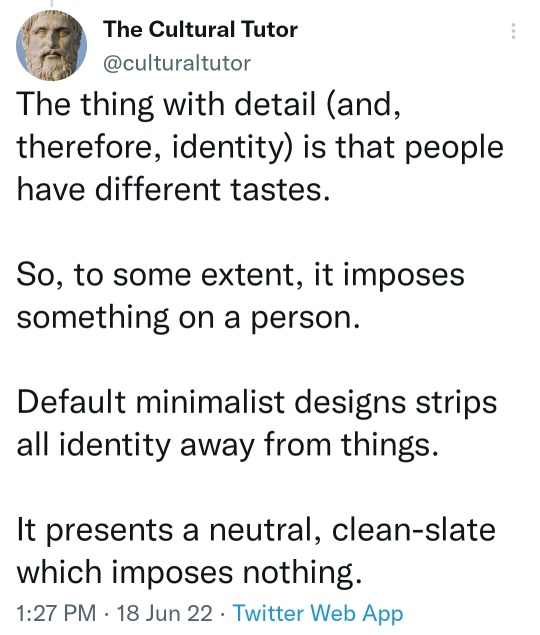
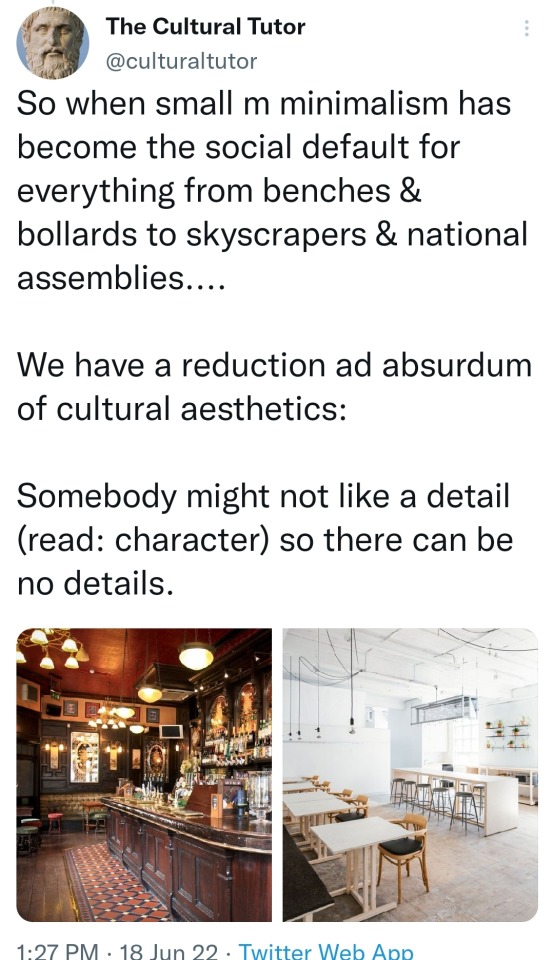


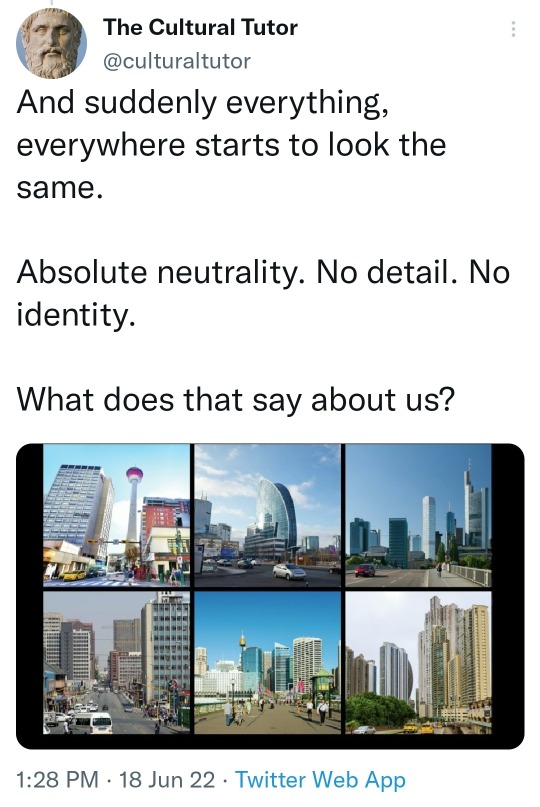
Perhaps minimalist design is so prevalent because we no longer have anything to say.
The Cultural Tutor
48K notes
·
View notes
Text

Visiting the year 2024 in GM's Futurama exhibit at the New York World's Fair, 1964.
3K notes
·
View notes
Text

A Pigeonnier (Pigeon House), Somewhere in France
#fantasy#fairy tales#baba yaga#foggy#france#pigeon#architecture#whimsical#witch#magical world#forest
3K notes
·
View notes
Text
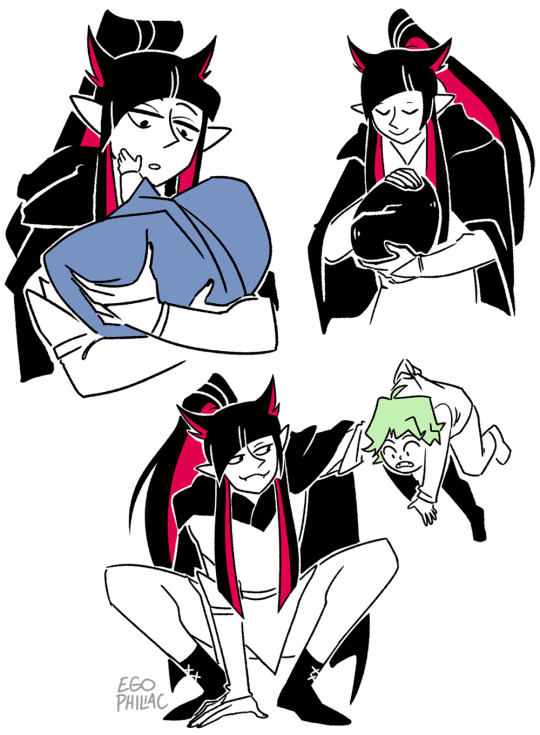

hold your children
I'm just exploding in slow motion until the rest of episode 7 comes out
#art#twisted wonderland#twisted wonderland spoilers#twisted wonderland episode 7 spoilers#twisted wonderland book 7 spoilers#sometimes a family is a centuries-old fae who retired from being a Fantasy Soldier to become an eccentric grandpa#the human he tripped over in the woods and raised into the world's sleepiest himbo#a socially awkward dragon prince who's just REALLY into architecture#and also sebek is there
6K notes
·
View notes
Text

Schloss Drachenburg, Königswinter, Germany,
Photo by @world_walkerz
#art#design#architecture#history#luxury lifestyle#style#luxury house#luxury home#castle#schloss#schloss drachenburg#germany#konigswinter#world walkerz#19th century#neoclassical
2K notes
·
View notes
Text
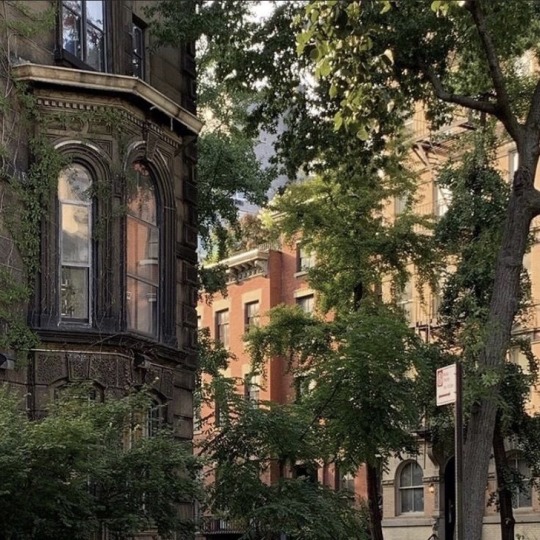
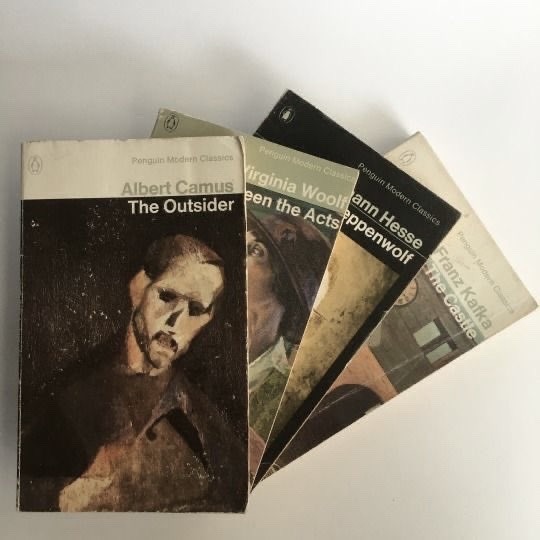


#a cozy city life or a more tranquil countryside experience#the world is our there for the taking#and I wanna be greedy!#cottagecore#nature#naturecore#flowers#flowercore#photography#warmcore#alternative academia#alternative aesthetic#chaotic academia#chaotic aesthetic#light academia aesthetic#light academism#farmcore#books#book academia#city architecture#apartment#english countryside
5K notes
·
View notes
Text

Temple of the Feathered Serpent, Quetzalcoatl, at Teotihuacán, Mexico. Active approximately 1st to 7th centuries CE.
📸 by me.
#teotihuacan#classics#ancient world#ancient history#history#art history#archaeology#dark academia#world history#architecture#Mexico
2K notes
·
View notes
Text

Burnt offering in a Temple by Ludwig Kohl
#temple#temples#antiquity#classical antiquity#art#ludwig kohl#ancient world#architecture#statues#sculptures#history#ancient rome#ancient greece#gods#columns#europe#european
1K notes
·
View notes
Text

My escape.
#treehouse#trees and forests#trees#mountain range#mountains#top of the world#mountain photography#mountain peak#architecture#modern architecture#modernist#toya's tales#style#toyastales#toyas tales#home decor#interior design#art#march#spring#foggy aesthetic#foggy day#foggy#my escape#paradise#modern design#modern deck#swimming pool#beautiful pools#poolside
906 notes
·
View notes
Text

The Ballroom - Musée d'Orsay, Paris
Photographed by Freddie Ardley - instagram
#photographers on tumblr#landscape#photography#artists on tumblr#travel#interiors#interior design#world of interiors#story#lit#paris#france#architecture
2K notes
·
View notes
Text

Illustrated Comparison of Asian Architecture and Roof Styles
#architecture#roofs#design#illustration#culture#asia#asian#world culture#china#taiwan#thailand#philippines#japan#korea#buildings#art
2K notes
·
View notes
Text

New York, New York; 1990s
998 notes
·
View notes
Text
In his 1956 book The Marlinspike Sailor, marine illustrator Hervey Garrett Smith wrote that rope is “probably the most remarkable product known to mankind.” On its own, a stray thread cannot accomplish much. But when several fibers are twisted into yarn, and yarn into strands, and strands into string or rope, a once feeble thing becomes both strong and flexible—a hybrid material of limitless possibility. A string can cut, choke, and trip; it can also link, bandage, and reel. String makes it possible to sew, to shoot an arrow, to strum a chord. It’s difficult to think of an aspect of human culture that is not laced through with some form of string or rope; it has helped us develop shelter, clothing, agriculture, weaponry, art, mathematics, and oral hygiene. Without string, our ancestors could not have domesticated horses and cattle or efficiently plowed the earth to grow crops. If not for rope, the great stone monuments of the world—Stonehenge, the Pyramids at Giza, the moai of Easter Island—would still be recumbent. In a fiberless world, the age of naval exploration would never have happened; early light bulbs would have lacked suitable filaments; the pendulum would never have inspired advances in physics and timekeeping; and there would be no Golden Gate Bridge, no tennis shoes, no Beethoven’s fifth symphony.
“Everybody knows about fire and the wheel, but string is one of the most powerful tools and really the most overlooked,” says Saskia Wolsak, an ethnobotanist at the University of British Columbia who recently began a PhD on the cultural history of string. “It’s relatively invisible until you start looking for it. Then you see it everywhere.”
— The Long, Knotty, World-Spanning Story of String
#ferris jahr#the long knotty world-spanning story of string#history#prehistory#marine history#naval history#textiles#clothing#agriculture#architecture#sculpture#botany#ethnobotany#stonehenge#giza pyramid complex#moai#hervey garrett smith#saskia wolsak#string#rope
3K notes
·
View notes